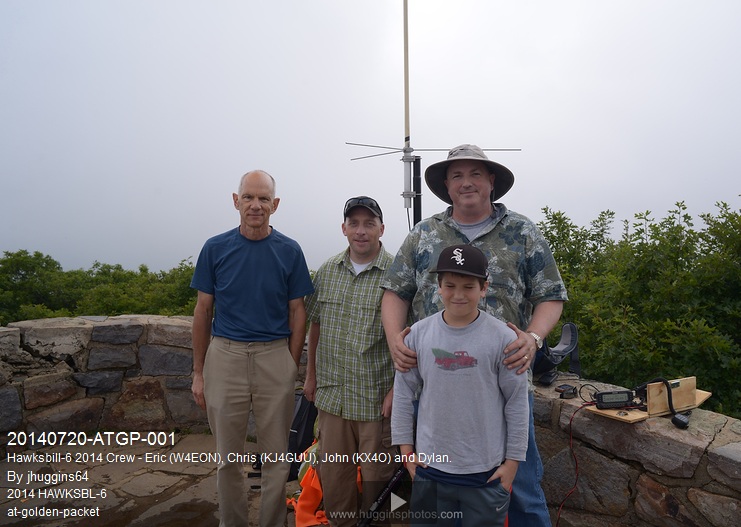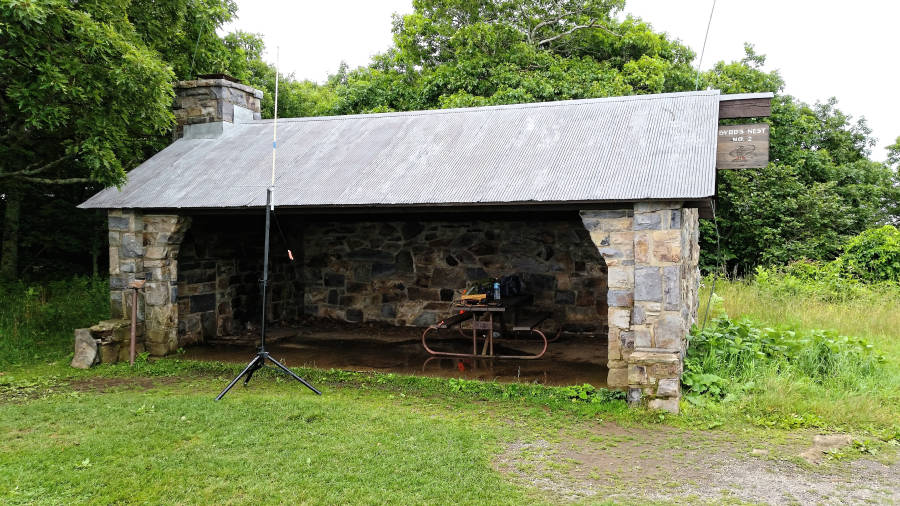A good system to indicate signal quality has been around for some time. The three numbers below suggest signal quality, signal strength and tone quality. That last number is only for CW operations while the first two are used to evaluate both CW and SSB signals.
During some quick contests, you will often hear voice operators giving 59 reports regardless of the actual signal quality. Some contests require the signal report as part of the exchange, but operators have grown tired of these kind of requirements so they routinely just say “you’re 59” and move on.
R = Readability:
R 1 – Unreadable
R 2 – Barely readable, some words occasionally distinguishable
R 3 – Readable, but with considerable difficulty
R 4 – Readable with practically no difficulty
R 5 – Perfectly readable
S = Signal Strength:
S 1 – Faint signal, barely perceptible
S 2 – Very weak signal
S 3 – Weak signal
S 4 – Fair signal
S 5 – Fairly good signal
S 6 – Good signal
S 7 – Moderately strong signal
S 8 – Strong signal
S 9 – Extremely strong signal
T = CW TONE
T 1 – 50 / 60 hertz a.c., very rough & broad
T 2 – Very rough a.c., harsh & broad
T 3 – Rough a.c. tone, rectified but not filtered
T 4 – Rough note, some trace of filtering
T 5 – Filtered rectified a.c. but strongly ripple-modulated
T 6 – Filtered tone, definite trace of ripple modulation
T 7 – Near pure tone, trace of ripple modulation
T 8 – Near perfect tone, slight trace of modulation
T 9 – Pure Tone, no trace of ripple or modulation of any kind
You will hear something similar used for PSK31 and other digital signals. An effort exists to use the same idea adjusted for the variables in a digital QSO; Instead of RST, RSQ (Readability, Strength and Quality) is used. This is defined thus:
R = RSQ Readability (Percent characters correctly received):
R 1 – 0% Undecipherable
R 2 – 20% Occasional words distinguishable
R 3 – 40% Considerable difficulty, many missed characters
R 4 – 80% Practically no difficulty, occasional missed characters
R 5 – 95%+ Perfectly readable
S = RSQ Strength (Signal over Noise rather than S-Meter):
S 1 – Barely perceptible trace
S 3 – Weak trace
S 5 – Moderate trace
S 7 – Strong trace
S 9 – Very Strong trace
Q = RSQ Quality:
Q 1 – Splatter over much of the spectrum
Q 3 – Multiple visible pairs
Q 5 – One easily visible pair
Q 7 – One barely visible pair
Q 9 – Clean signal – no visible unwanted sidebar pairs
Other digital modes may benefit from using the principles of RSQ and it is being promoted quite effectively.
MixW has its own PSK31 RST meter which seems a bit cruel in its analysis of a signal. However, I have to believe it is consistent. If you use MixW this is the report to give the other guy.
It must be noted many folks just don’t care all that much about super accurate signal reports and frequently just send a 59 or 599 report if the signal is reasonably good.
What about signal reports during contests?
For the contests that require a signal report as part of the exchange, speedy QSOs ensure only 59 and 599 are mostly heard. Yes this means the RST report is pretty much meaningless during a contest. However, that 59 or 599 frequently prepends another variable piece of exchange information like your state, your ARRL section, county (during QSO Parties). I personally like exchanges that use an incrementing serial number and QTH over signal report.


